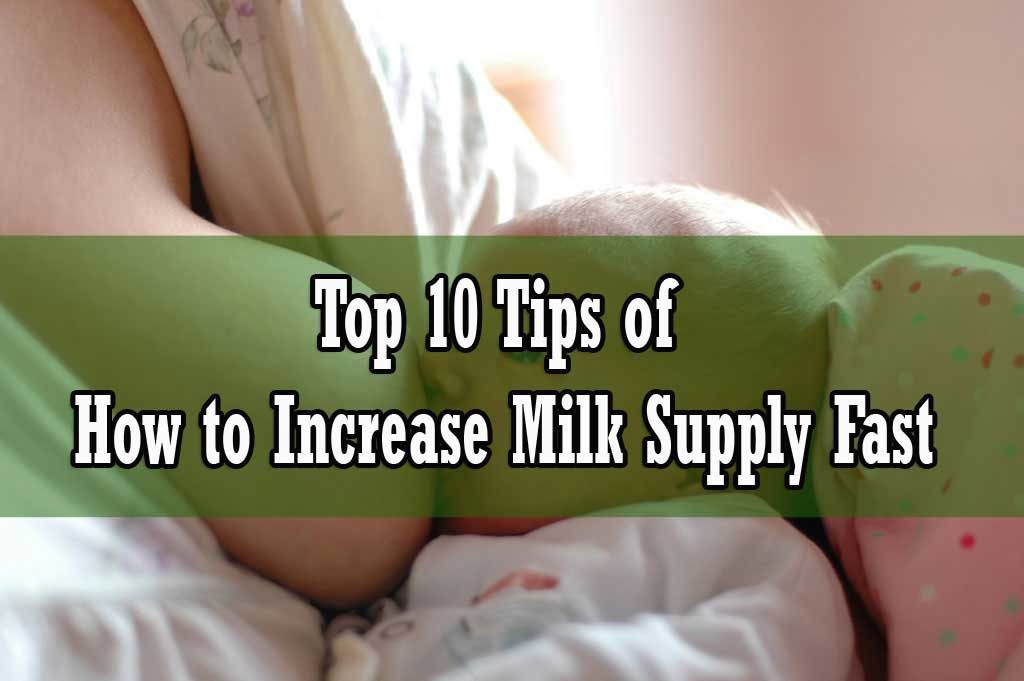Baby feeding and pumping are two different methods of providing breast milk to a baby. While baby feeding involves directly breastfeeding the baby, pumping entails using a breast pump to extract breast milk, which can then be fed to the baby through a bottle.
Baby feeding allows for a direct and immediate bond between mother and baby, while pumping offers flexibility in terms of time and the ability to share feeding responsibilities with others. Both methods have their advantages and disadvantages, and the choice between baby feeding and pumping depends on individual preferences and circumstances.

Baby Feeding Vs Pumping | Choosing Between Baby Feeding and Pumping
The Benefits Of Breastfeeding
Breastfeeding offers numerous benefits for both mother and baby. The composition and nutritional value of breast milk are unparalleled. It provides the perfect balance of proteins, fats, and carbohydrates for optimal infant growth. Moreover, breastfeeding promotes bonding and emotional connection between the mother and baby.
This close interaction fosters a strong sense of security and comfort. Breast milk also contains essential antibodies that boost the baby’s immune system, thereby protecting against various diseases. By breastfeeding, mothers contribute to the long-term health of their babies, reducing the risk of allergies, infections, and chronic illnesses.
Furthermore, breastfeeding helps the uterus contract and reduces the risk of postpartum bleeding. Overall, breastfeeding is a natural and powerful way to provide nourishment and nurture the baby.
The Advantages Of Pumping
Pumping breast milk offers numerous advantages, especially in terms of freedom and flexibility. Mothers can enjoy the convenience of being able to provide milk for their babies even when they are not physically present. This allows them to share the feeding responsibilities with others, such as their partners or caregivers, enabling them to take breaks or get some much-needed rest.
Additionally, pumping helps mothers maintain their milk supply while juggling work and personal life. It ensures a balance between their professional commitments and their desire to provide nourishment for their little ones. With the flexibility and control pumping provides, mothers can continue to provide their babies with the benefits of breast milk, even when they are away.
Factors To Consider When Choosing Between Breastfeeding Or Pumping
Factors to consider when choosing between breastfeeding or pumping include the mother’s health conditions and lifestyle, the baby’s feeding preferences and needs, and the time commitment and convenience for the mother. It’s important to assess any health issues the mother may have that could affect breastfeeding and pumping.
Additionally, understanding the baby’s preferences and needs can help determine if breastfeeding or pumping is the best option. Time commitment and convenience are also significant factors, as breastfeeding requires direct feeding while pumping allows for flexibility in terms of when and where the baby can be fed.
Ultimately, the decision should be based on what works best for both the mother and the baby.
Combining Breastfeeding And Pumping: A Balanced Approach
Combining breastfeeding and pumping can provide a balanced approach to baby feeding. Introducing bottle feeding allows flexibility while maintaining breastfeeding. It is essential to schedule pumping sessions to ensure a steady milk supply. If needed, transitioning from breastfeeding to exclusive pumping, or vice versa, can be done gradually for a smooth transition.
Focusing on the baby’s needs and the mother’s comfort is key in finding the right feeding method. It is important to remember that each mother-baby duo is unique, and finding what works best for them is the ultimate goal. With proper planning and support, combining breastfeeding and pumping can offer convenience, while still providing the benefits of breast milk for the growing baby.
Support And Resources For Breastfeeding And Pumping
Breastfeeding and pumping come with their own set of challenges, but don’t worry! There are several resources available to support you along the way. Lactation consultants are experts who can provide guidance and assistance to ensure successful breastfeeding. They can help with any difficulties you may encounter, such as latching issues or low milk supply.
In addition to professional support, there are also breastfeeding support groups where you can connect with other moms facing similar challenges. These groups offer a safe space to share experiences and seek advice. When it comes to pumping, investing in nursing bras, breast pumps, and other accessories can make the process more comfortable and efficient.
Online communities and forums provide a virtual support network where you can find valuable tips, recommendations, and encouragement from other moms. Remember, with the right support and resources, you can navigate the journey of baby feeding and pumping with confidence.
Overcoming Challenges With Breastfeeding And Pumping
Breastfeeding and pumping can pose challenges. Common issues include low milk supply and engorgement. To overcome pain and discomfort during breastfeeding, try different positions and ensure a proper latch. Utilize warm compresses and gentle massage to relieve engorgement. If facing pumping problems, check the correct fit of the pump and adjust suction levels accordingly.
Maintain a consistent pumping schedule to stimulate milk production. Relaxation techniques like deep breathing can also help. Seek support from lactation consultants or breastfeeding support groups for troubleshooting assistance. Remember, each mother’s journey is unique, so don’t hesitate to reach out for help and reassurance.
Embrace the process while keeping the needs of mother and baby in mind.
Weaning From Breastfeeding Or Pumping
Weaning from breastfeeding or pumping involves gradually reducing feeding or pumping sessions. Introducing solid foods is an essential step in transitioning away from milk feeds. Both emotional and practical considerations play a crucial role for the mother and baby during this process.
It is important to ensure a smooth transition by gradually reducing the frequency of breastfeeding or pumping sessions. This allows the baby to slowly adapt to solid foods while continuing to receive the necessary nutrients. Mothers may experience mixed emotions during this time, as it signifies a shift in the mother-baby bond.
Practical considerations such as storage and hygiene of pumped milk should also be taken into account. Ultimately, the decision to wean from breastfeeding or pumping is individual and depends on the unique needs and circumstances of the mother and baby.
Conclusion: Finding The Right Balance For Your Little One’S Nutrition
As parents, it’s important to find the right balance between baby feeding and pumping. Understanding the benefits and challenges of breastfeeding and pumping can help personalize the feeding journey based on individual circumstances. It’s a process that requires embracing the joy and fulfillment of nourishing your little one.
Each has its own advantages and considerations, and there is no one-size-fits-all approach. While breastfeeding offers a unique connection and provides essential nutrients, pumping allows for flexibility and sharing feeding responsibilities. It’s essential to weigh the pros and cons, taking into account factors such as milk supply, convenience, and personal preference.
Ultimately, the goal is to ensure your baby receives the nutrition they need while finding a feeding method that works best for you and your family.


Credit: www.mamanatural.com
Frequently Asked Questions For Baby Feeding Vs Pumping
Is Pumping Milk Just As Good As Breastfeeding?
Pumping milk is just as good as breastfeeding in providing nutrition and bonding with baby.
Does Pumping Instead Of Breastfeeding Decrease Supply?
Pumping instead of breastfeeding doesn’t typically decrease supply, but it may affect milk production.
Does Pumping Burn As Many Calories As Breastfeeding?
No, pumping does not burn as many calories as breastfeeding.
Can I Exclusively Pump Instead Of Breastfeeding?
Yes, it is possible to exclusively pump breast milk for your baby. Many mothers choose this option for various reasons, such as latch difficulties or busy schedules. However, it requires dedication to maintain a consistent pumping schedule and ensure an adequate milk supply.
Key Takeaways: Baby Feeding Vs Pumping
When it comes to deciding between baby feeding and pumping, there are a few key factors to consider. Both methods have their own advantages and disadvantages, making it a personal choice for every parent. Baby feeding allows for a unique bonding experience between the mother and the baby, providing important nutrients and promoting a close emotional connection.
On the other hand, pumping offers convenience and flexibility, allowing other caregivers to participate in feeding and providing a backup supply of breastmilk. However, it’s essential to find a balance that works best for both the baby and the mother, taking into account factors such as lifestyle, personal preferences, and the baby’s needs.
Ultimately, the most important thing is ensuring that the baby is well-fed, loved, and thriving.



